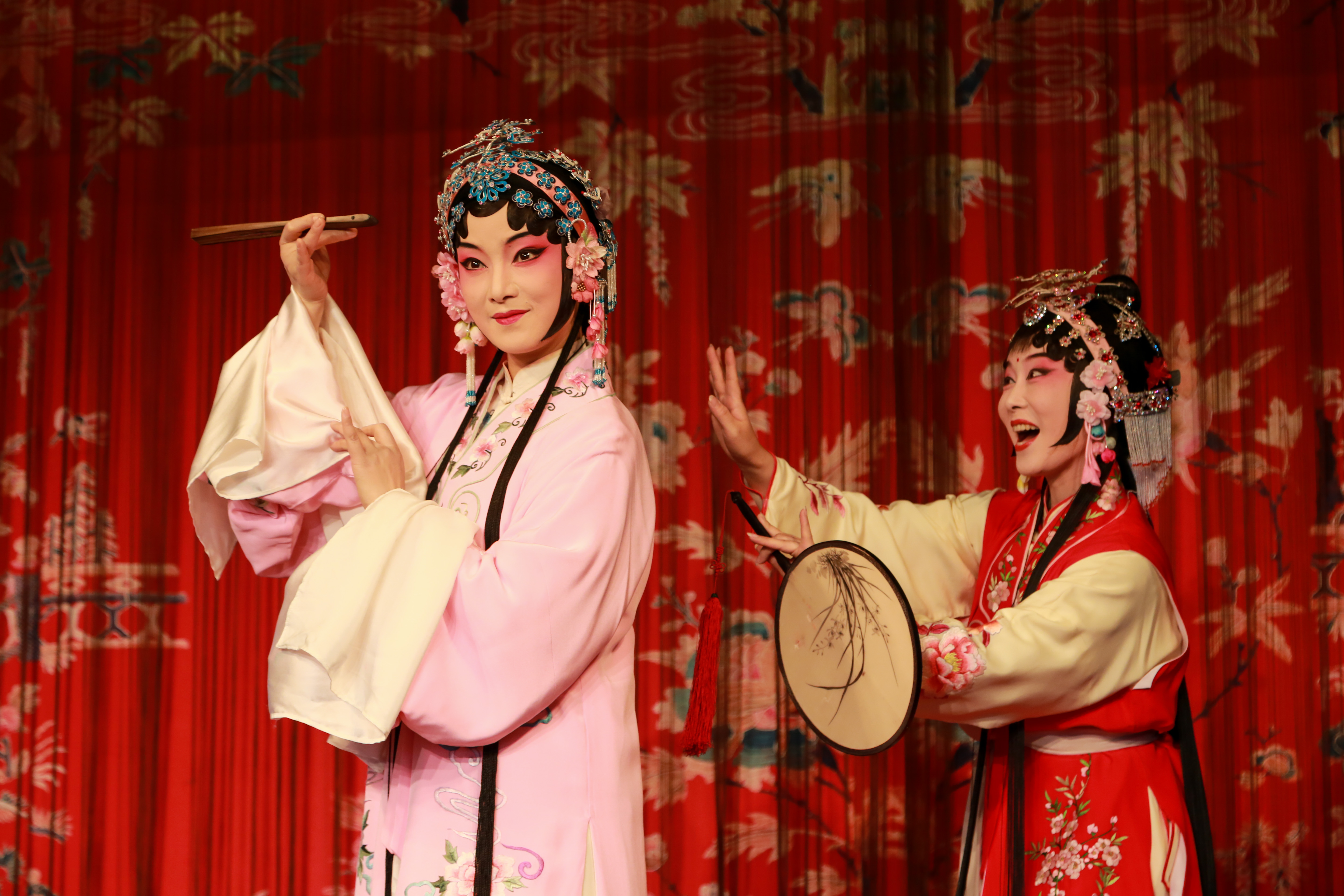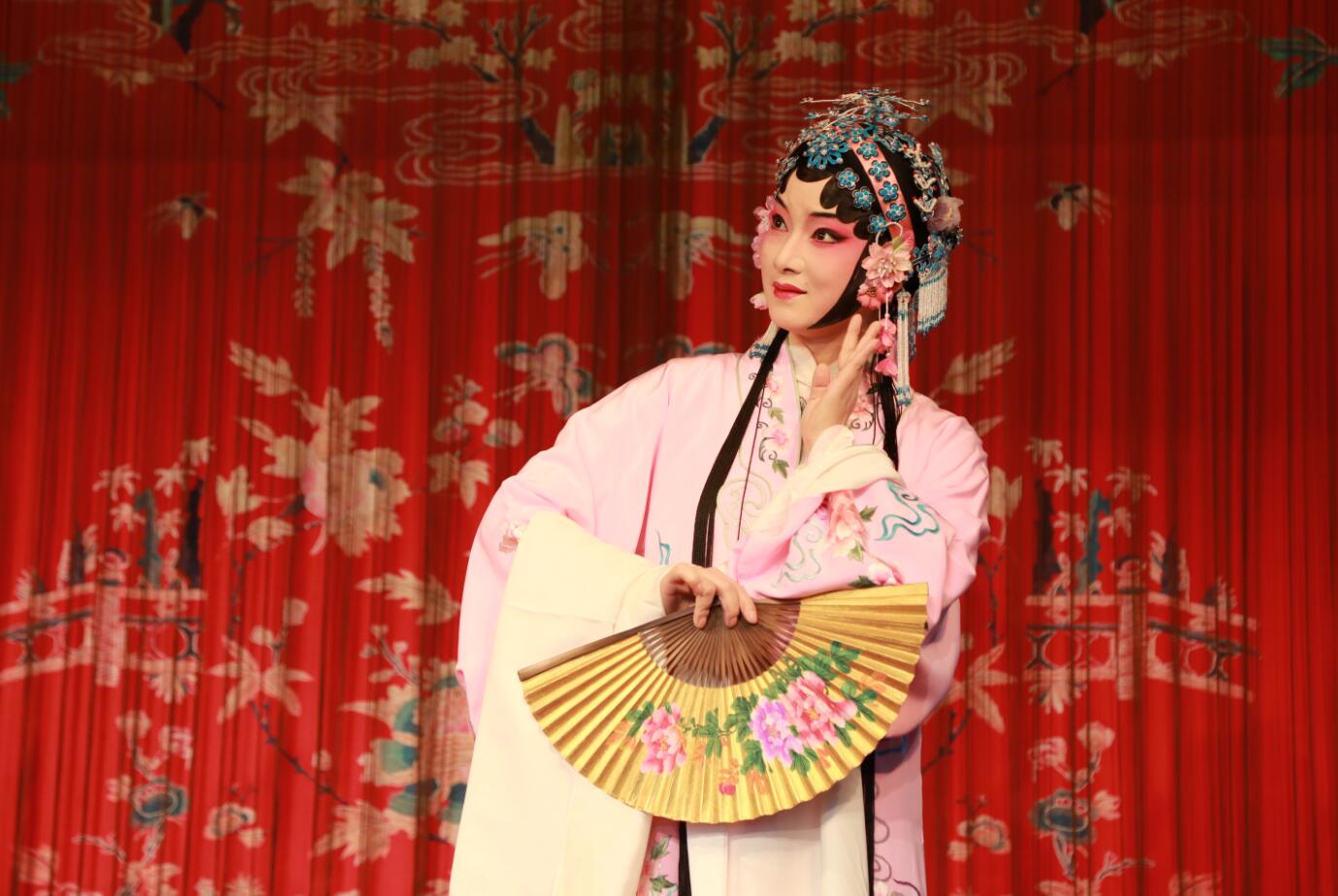“Mother of Operas” Kun Opera
Kunqu Opera, originated from Kunshan, Suzhou at the end of the Yuan Dynasty (mid-14th century), was called “Kunshan Tune” in the beginning. It was only performed within the region of Suzhou in the folk form of voiceless singing and short singing. In the Emperor Wanli period of the Ming Dynasty, attributing to the participation and improvement by artists and literati in Suzhou, Kun Opera gained the characteristics of delicate and tactful singing and lyrics, called “New Tune”. Subsequently, it became popular across the country for its irresistible artistic charm and was regarded as a leading opera tune.
Since then, Kun Opera became the most influential genre of drama in China until the middle of Qing Dynasty. A lot of influential genres of drama in China have developed based on Kun Opera, resulting in the honorable title of “Mother of Operas” enjoyed by Kun Opera in China.
The Literary Scripts
Thanks to the extensive participation of literati, the scripts of Kun Opera boast great literariness. In terms of literary language, with the characteristics of Tang poetry, Song Ci and Yuan verse retained, Kun Opera adopted long and short sentences and embraced elegant and gorgeous diction. Therefore, the lyrics of Kun Opera are hard to understand for people without a certain accomplishment of Chinese literature.
The Peony Pavilion, created by Tang Xianzu, a famous writer of the Ming dynasty, known as the “Shakespeare of China”, is the most famous play of Kun Opera. In the work, Du Liniang, the daughter of an official family, pledged to marry scholar Liu Mengmei without the permission of her parents in a dream. After waking up, she passed away for overwhelming worry caused by failure of love. Later, she turned into a ghost and met Liu Mengmei, and then came back to life for love. In the end, she got married with Liu Mengmei in reality and fulfilled her wish. This script advocates the freedom of love in the background of the Chinese feudal system. It has been famous for its exquisite and smooth diction across ages.
Opera Highlights
Since it is unrealistic to perform a complete play of Kun Opera, the performers would select some highlights from the original to process, give full play to their singing skills with elegance and difficulty of the dramatic movements increased, and add some funny and interesting plots to dilute the barriers caused by the elegant lyrics. Such short plays of Kun Opera processed this way are called “Opera Highlights”.
 “One Sang and the Other Three Joined in” Singing Tune
“One Sang and the Other Three Joined in” Singing Tune
The singing of Kun Opera is known for its lingering, gentle, and romantic tune with beats slowed down and rhythm prolonged, called “Water-mill Tune” vividly.
There are many musical instruments involved in Kun Opera, which are roughly composed of wind instruments, string instruments, and percussion instruments. Among them, the main instruments include flute, as well as Sheng, Xiao, Sanxian, and Pipa, etc. The tunes of Kun Opera are categorized according to “Qupai” (the names of the tunes to which qu are composed) sourced from Song Ci and Yuan Verse tunes. There are more than 1,000 Qupais in Kun Opera.
 Performance Integrating Singing and Dancing
Performance Integrating Singing and Dancing
Strong lyricism, delicate movements and the ingenious and harmonious combination of singing and dancing posture constitute the prominent features of Kun Opera performance. The spoken part of Kun Opera has significant local color, as the enunciation of Wu Dialect is mixed in Mandarin. Like Peking Opera, characters in Kun Opera also have specific facial makeup and costumes.
Kun Opera and Life
As an elegant art with splendid lyrics and singing tune, Kun Opera has always been favored by Chinese intellectuals. In view of the fast pace of life in modern times, people are easily exhausted, so Kun Opera, as a soothing, delicate, exquisite, and splendid form of art, has been accepted by people in life as a way of handling pressure. Experiments have shown that music with 60 to 80 beats per minute is most comfortable for people, as it is consistent with a person’s heart rate at rest. Kun Opera is such a kind of soothing music, which can adjust the mental state efficiently. What’s more, the pure and beautiful love described in “The Peony Pavilion” is ideal for modern people at the bottom of heart.
